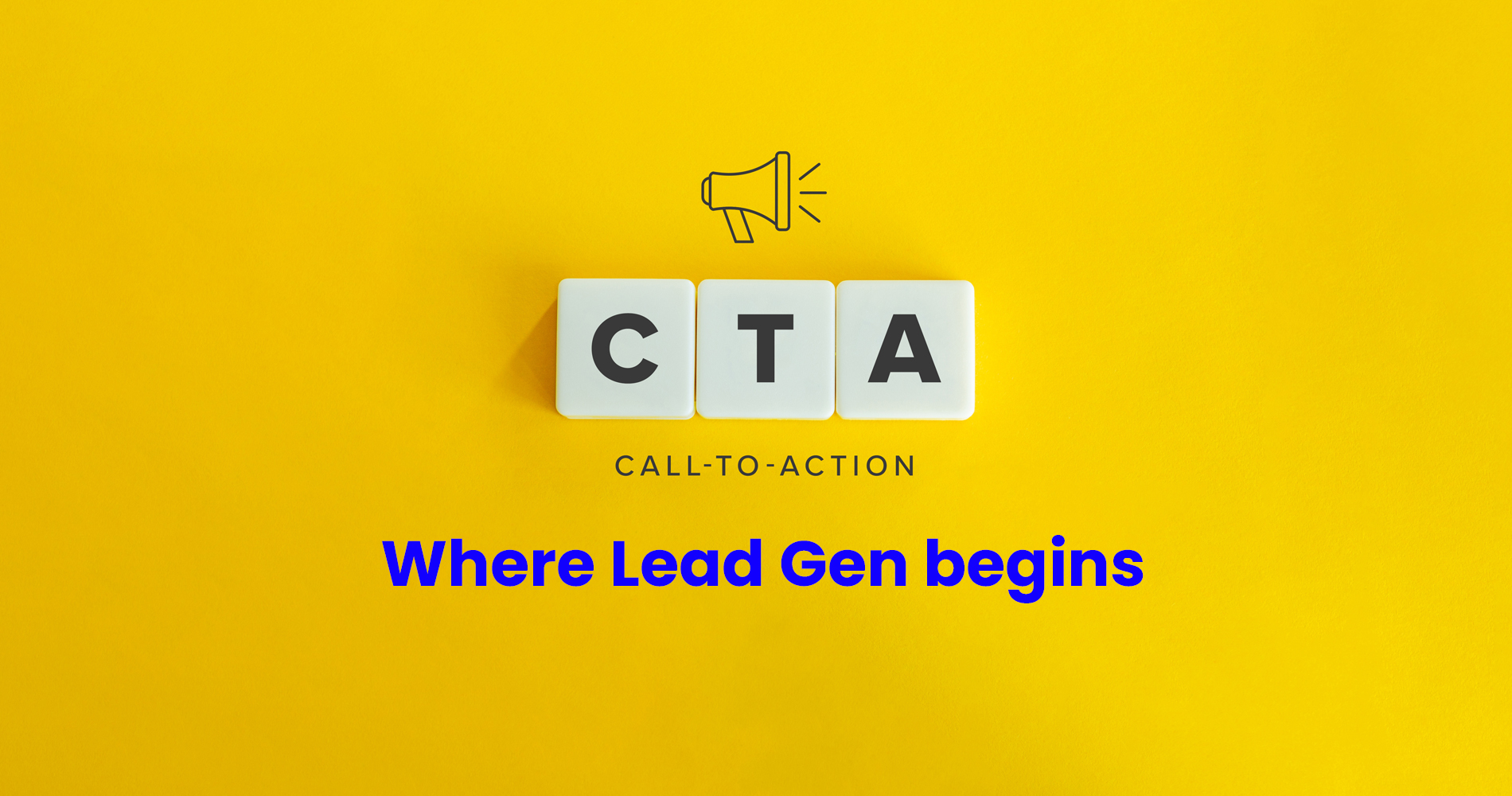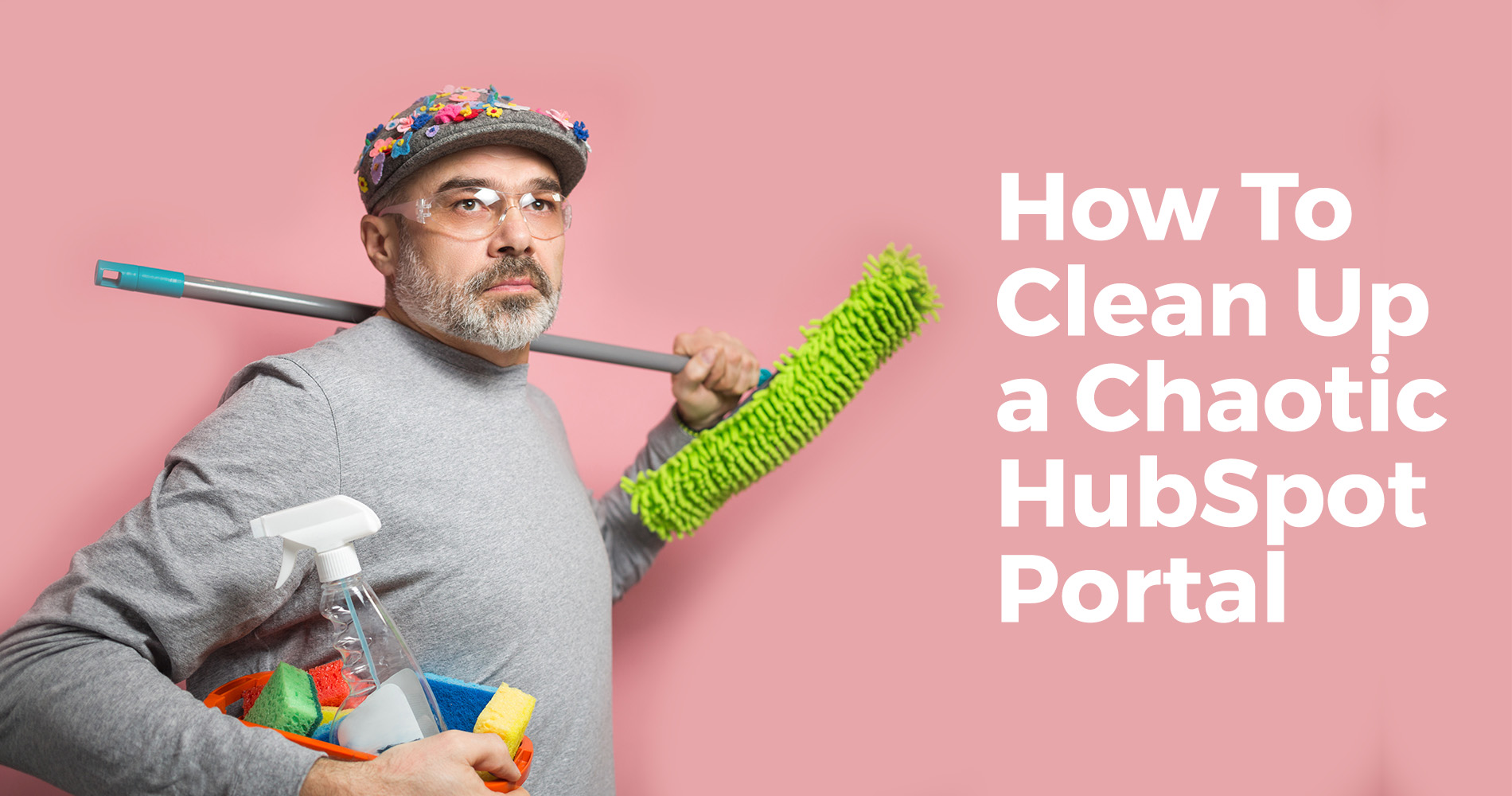Online business owners need to put time into growing their blogs and website with various platforms. For example, you can create impressive content that your readers would love to share with their friends and family on social media. You can also get people to visit your blog or site by attracting them through search engine optimisation, using attractive advertising banners, and many other online methods. Once they find the information they are looking for, they may decide that they wish to work with you but could just as easily click another link or advertisement without even recognising it was one!
The thing is, even if you have a good sales funnel in place for your business, and decent content that generates interest in your products or services, the chances are that you will struggle to convert visitors into customers. This is because there are not enough calls-to-action on your website prompting prospective customers to opt-in for more information or request a demo or trial of what it is you do. CTAs move prospects down the sales funnel, providing them with a chance to fill out a short form in exchange for your offer.
Call-to-actions are especially important for lead generation. Even a micro-conversion like a click or email signup reflects a higher level of interest, and the more interest you can generate, the better your lead quality.
What is Call-to-Action?
The calls to action, or CTAs, are the most critical elements of your copy. Your CTAs guide potential customers through your marketing funnel, giving them clear directions on what to do next. In addition, they are essential to converting leads into sales.
Your CTAs need to be perfect, so ensure that the wording, colour, alignment, and other factors of your CTA are optimised.
You can't always pre-empt what will work with CTA optimisation - you need to split test A/B to find out what works. However, there are a few recommended best practices that you can follow. They will allow you to get a head start on optimised CTAs, so you don't waste resources on unproductive copy and graphics.
1. Transform it
Engage your audience with eye-catching CTAs. Ideally, the headings should stand out from the rest of the text without overwhelming the page or taking away from what they contain. Be sure that CTAs are more visible by increasing their size, and that they are easily found by adding banners to the corner or placing them at the end of the page. Additionally, make sure that your CTA buttons are visually appealing and catchy. Make sure your colour scheme is consistent with the overall design of your site, so the colours stand out.
2. Ensure your CTAs are action-oriented
Use a concise style of writing that empowers readers and offers a plan of action. When using verbs such as "download" or "register," you're directly pointing the reader's attention to the specific action you suggest. Make the offer feel more urgent by using words like "now" or "today" in addition to action verbs. Use no more than five words to describe what readers will get by clicking the call to action.
3. Create Smart lists
If you already know a lot about the people on your sales and marketing lists, you can use that knowledge to create more targeted offers containing smart calls to action! By creating Smart Lists for different target markets, such as new customer personas and customer lifecycle stages, you can increase conversions throughout your entire funnel. Based on a given customer's previous engagement with your website, they will see personalised offers that relate to their specific interests or needs. Offering top-of-funnel options (such as a free eBook) converts new visitors/customers, offering free trials converts sales-qualified leads, and offering discounts to customers based on their past purchases delights existing customers.
4. Expand socially
It is possible to include CTAs within your content that promotes social sharing through distinct types of media to expand your brand awareness. Some people might prefer to interact with companies they support digitally rather than in person or over the phone. Most of them might only be willing to share information online or make comments on social networks if it is comfortable for them and easy to do. You can influence readers into clicking on links related to your business when you provide clear and concise knowledge along with insightful information that is beneficial to them as well. This will increase the number of followers, so long as you are consistent with what type of information you streamline and post.
5. Find out what others think
Finally, learn to improve your CTAs with A/B testing. Measure which CTA converted the most leads over a given period by creating two variations of the same CTA that you show to 50% of viewers. Test and analyse your CTAs using an all-in-one marketing platform like HubSpot that integrates lead generation and analytics to make measurement easy!
Lastly,
A CTA can be a hyperlink, a button, a picture, or simply a compelling sentence. CTAs can be in a form of advertisements, or they can be a form of content. It's important to use both CTA forms to retain and attract more customers These CTA tips for inbound marketing are just the beginning. There's more to share about how to optimise your CTAs for maximum conversions. Calls-to-action is an important way to attract visitors, convert leads, and delight customers. Combine these CTA tips with other inbound marketing best practices and you'll see why inbound is the new black.








